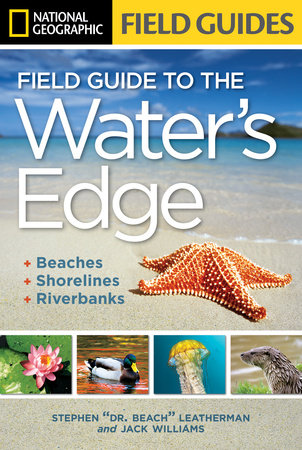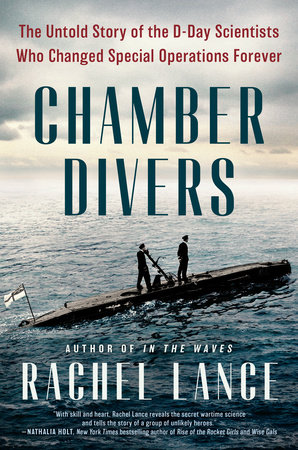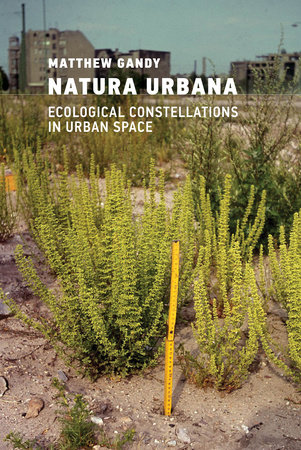

Add to Bookshelf
National Geographic Field Guide to the Water's Edge
By Jack Williams
By Jack Williams
Best Seller
Category: Science & Technology

Paperback
$21.95
May 01, 2012 | ISBN 9781426208683
-
$21.95
May 01, 2012 | ISBN 9781426208683
Buy the Paperback:
YOU MAY ALSO LIKE

The Earth Transformed
Trade Paperback
$27.00

Half-Earth Socialism
Trade Paperback
$19.95

The Backyard Bird Chronicles
Hardcover
$35.00

Juice
Trade Paperback Original
$19.95

Cats: A Smithsonian Coloring Book
Trade Paperback
$16.99

Chamber Divers
Hardcover
$32.00

Natura Urbana
Trade Paperback
$35.00

Street Trees of Seattle
Trade Paperback Original
$22.95

The Conservative Environmentalist
Hardcover
$30.00
×
Become a Member
Just for joining you’ll get personalized recommendations on your dashboard daily and features only for members.
Find Out More Join Now Sign In











